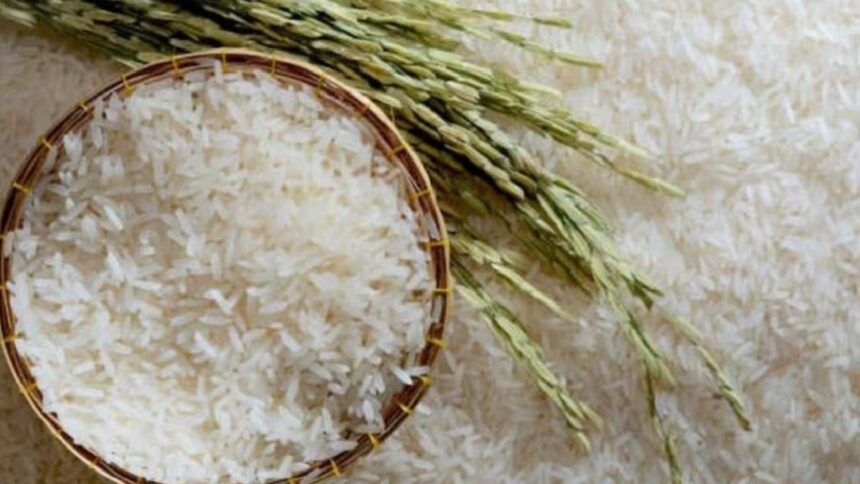The surprise decision by the government to prohibit exports of non-basmati white rice would ensure adequate availability of domestic supplies and keep prices stable but it could trigger a price shock in global markets.
India is the world’s largest exporter of rice even though non-basmati white rice accounts for a relatively smaller proportion—about 25 per cent of rice exports.
“India accounts for nearly 40 per cent of global rice exports, so the ban will likely impact global rice prices. Within Asia, the Philippines is likely to be most impacted, while Singapore, Hong Kong and Malaysia also depend on imports to meet much of their rice needs. Thailand could gain because it is a net rice exporter,” said a note by Nomura.
About 42 per cent of India’s rice exports are now banned, with basmati and parboiled rice still unscathed, it further said.
A report by Rahul Bajoria, MD and Head of EM Asia (ex-China) Economics at Barclays, said the impact on trade may be small. “This move may, however, trigger a bigger shock globally, as India is the largest exporter of rice,” said the note.
Other analysts pointed out that neighbouring countries like Bangladesh, Nepal and some African countries may also be impacted.
The Directorate General of Foreign Trade had on July 20 prohibited the export of non-basmati white rice (semi-milled or wholly-milled rice, whether or not polished or glazed). “The prohibition on export of non-basmati white rice will lead to lowering of prices for the consumers in the country,” the ministry of consumer affairs had said.
The latest move is expected to help keep domestic prices of rice under control. Despite the September curbs, rice inflation rose from about 9% year on year at the time to about 12% in June. According to Nomura, daily data suggests a further rise in prices in July.
Official data shows that retail inflation in rice rose 11.78% in June this from year 3.16% a year ago.
Prior to this, in September 2022, the government had imposed a 20% export tax on various types of rice, excluding the parboiled and Basmati rice.
The late arrival of the southwest monsoon and its uneven spread is also disrupting paddy sowing—acreage was 6% lower year-on-year as of mid-July.








